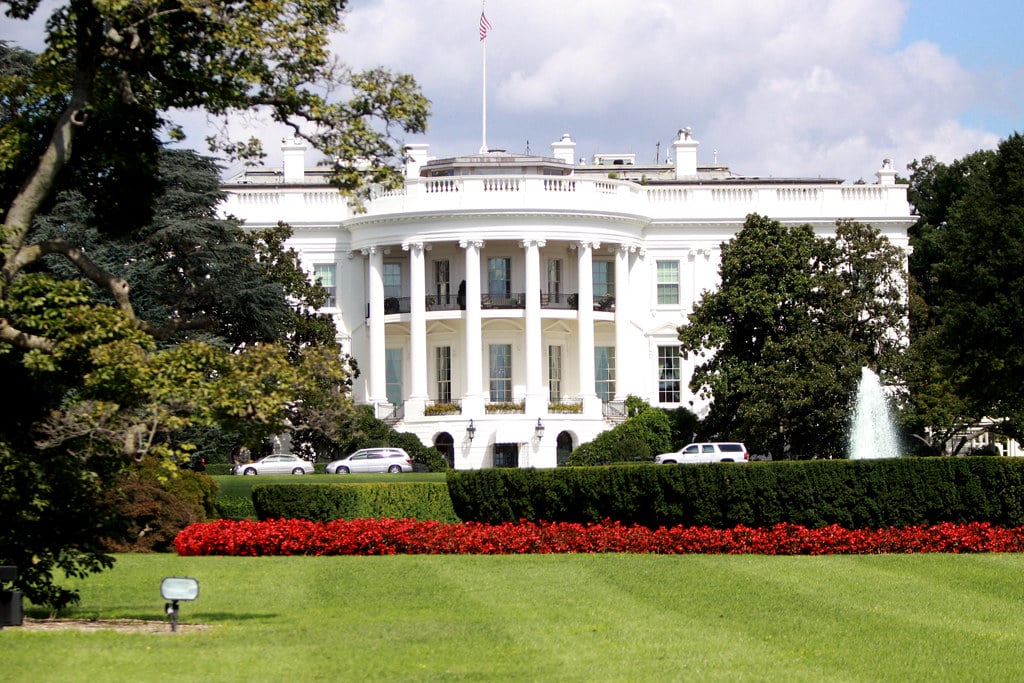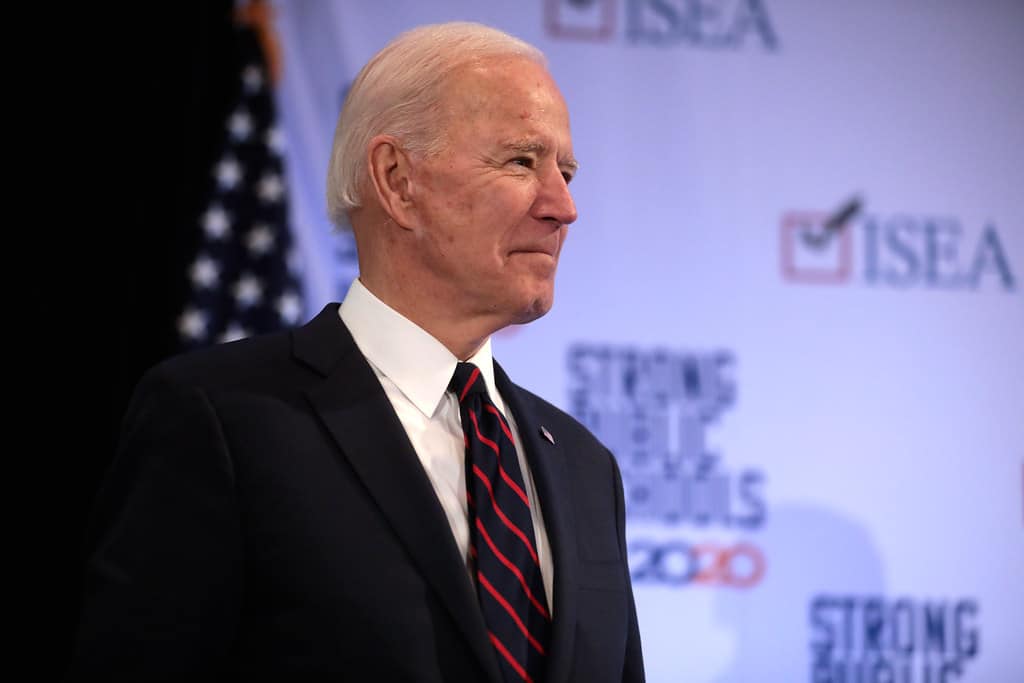Remember the rule-of-thumb that “you need a million dollars to retire?” Because the education system fails to teach young adults the importance of finance, this rule is actually still referenced by some millennials today.
However, if you’re between 20 and 40 years old but think a million bucks will support you in retirement, you’re going to be sorely disappointed.
It’s reality check time. A bag of groceries that cost $100 in 1980 costs you $320 today. That’s the power of inflation, and it’s not going away anytime soon. As the cost of living soars alongside real estate prices, a lot of millennials would argue it’s getting worse.
Take that same 320 percent increase, apply it to a 20-year-old today who aspires to retire at 60 years old. That same bag of groceries is going to run you up $1024. Still think $1 million is going to do it? I sure hope not, yet millennials are scared of the single biggest counter to inflation
According to a study by Bankrate, fewer than one millennial in four agrees that the stock market is the best place for long term returns. Taking recent events into consideration, they have completely reasonable justifications to think so.
The financial crisis of 2008 collapsed investment portfolios. Just when millions of millennials were fresh out of post-secondary school, both the economy and the stock market were crippled. It’s no surprise that most of the generation is terrified of the idea of trusting their savings to the stock market.
Coupled with that is the fact that wages have somewhat flatlined while the cost of living continues to rise exorbitant amounts. Renting was often a favorable solution to those who were patiently saving up for a down payment. But looking at the average cost of rent in some of these cities, it’s clear most struggle just to pay that bill — let alone put some money away for their futures.
Ignoring statistics and holding on to cash is financial suicide.
Just as fears of flying are unwarranted considering it is the safest form of travel in the world, holding on to cash due to fears of the short-term volatility of the stock market is a grave mistake that could cost millennials their retirement.
The historical returns of the S&P 500 (the 500 biggest stocks in the United States by market capitalization) over the last 92 years is 10 percent according to Investopedia. Accounting for inflation, average returns are around 7 percent. It’s a statistic that is derived from a big enough sample size it just can’t be ignored.
Why are we, as a generation, so inclined to hold on to cash? Probably because we aren’t educated on how detrimental the decision can be.
Let’s take Investor A and Investor B for example, who both have $50,000. Investor A invests in the stock market while Investor B keep their money in a so-called High Interest Savings Account paying 1.5 percent. After 30 years, without adjusting for inflation here are their investment returns:
Investor A: $991,869.97
Investor B: $78,393.58
Already we’ve got a pretty damning result. However, we haven’t even adjusted these results for inflation. Because as I’ve mentioned before, a dollar today may be worth as little as $0.30 in three decades. Adjusted for inflation, here is the future value of both investment accounts:
Investor A: $408,637.29
Investor B: $32,297.12
Investor B took the “safe” route, and it ended up with nearly $18,000 less than they started with after adjusting for inflation. Yes, you read that correctly. Their $50,000 “investment” into a HISA actually lost them almost 40 percent of their buying power.
Unreasonable short-term fears of the stock market are costing millennials their financial security and retirement. However, with advancements in technology, it doesn’t take much effort at all to steer the ship in the right direction.
Investing for millennials has never been easier.
You no longer need tens of thousands of dollars to get involved in the stock market. Before online brokerages and robo-advisors, investing was often left for the wealthy. Why?
Well for one, commission costs were through the roof. Transaction fees that ranged from $40-$75 were prohibitive for an investor with a $1,000.
Secondly, data was not easy to access. It often required sifting through endless amounts of financial documents or simply paying a premium to have the data delivered. Imagine searching for stock price information in the newspaper? No thanks.
That landscape was shook when online brokerages and robo-advisors hit the scene. Trades went from $50 to $4.95 at an online brokerage. Fees to have your investments managed went from 2 percent or more to as low as 0.25 percent with a robo-advisor. An investor with $1000 is no longer an underdog, they are right in the thick of things.
Investment resources like Stocktrades, Yahoo Finance, Bloomberg and Reuters erupted. Data is now easy to access and usually completely free. Take advantage of this, and take control of your future
Limitations that once kept the stock market out-of-reach for the average person are gone. There’s simply no reason to not be an active participant. You don’t need a million bucks. In fact, as little as $500 can start having a lasting impact with todays commission costs.
Don’t feel like you need to do it all yourself either. Head to a bank and get one of their advisors to set you up with a portfolio. There is a lot to be said about investment fees, in particular how expensive they are. But it’s simply better than doing nothing.
A simple decision to move in the right direction will change your future, there’s no doubt about that.




